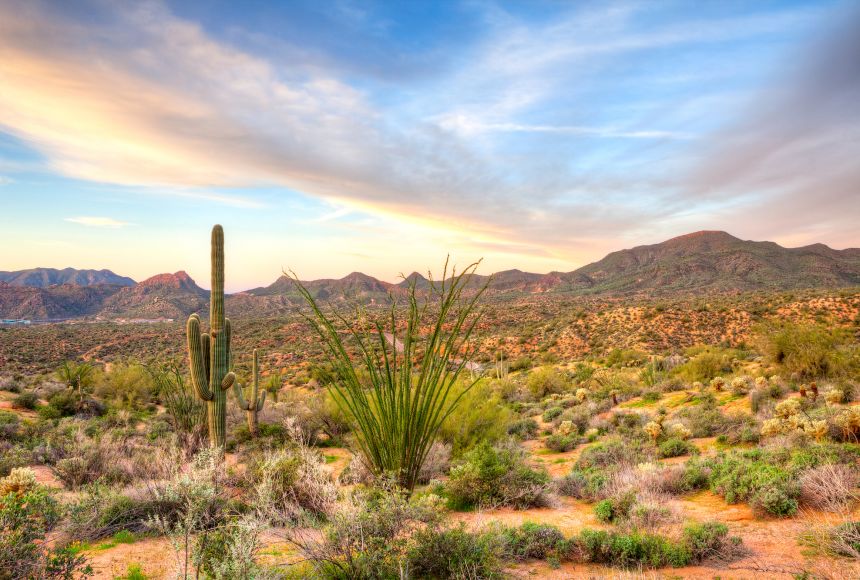ENCYCLOPEDIC ENTRY
ENCYCLOPEDIC ENTRY
Place
Place
One of the five main themes of geography, place describes the physical and human characteristics of any location on Earth.
Grades
9 - 12
Subjects
Geography, Human Geography, Physical Geography
Image
Sonoran Desert
The Sonoran desert in the southwestern United States and northwestern Mexico, is one of the most unique and diverse places on the planet. Many plants and animals are only found in this massive desert that stretches over 260,000 square kilometers (100,000
Photograph by Tonda

Media Credits
The audio, illustrations, photos, and videos are credited beneath the media asset, except for promotional images, which generally link to another page that contains the media credit. The Rights Holder for media is the person or group credited.
Director
Author
Production Manager
Program Specialists
Specialist, Content Production
Producer
other
Last Updated
October 19, 2023
For information on user permissions, please read our Terms of Service. If you have questions about how to cite anything on our website in your project or classroom presentation, please contact your teacher. They will best know the preferred format. When you reach out to them, you will need the page title, URL, and the date you accessed the resource.
Media
If a media asset is downloadable, a download button appears in the corner of the media viewer. If no button appears, you cannot download or save the media.
Text
Text on this page is printable and can be used according to our Terms of Service.
Interactives
Any interactives on this page can only be played while you are visiting our website. You cannot download interactives.